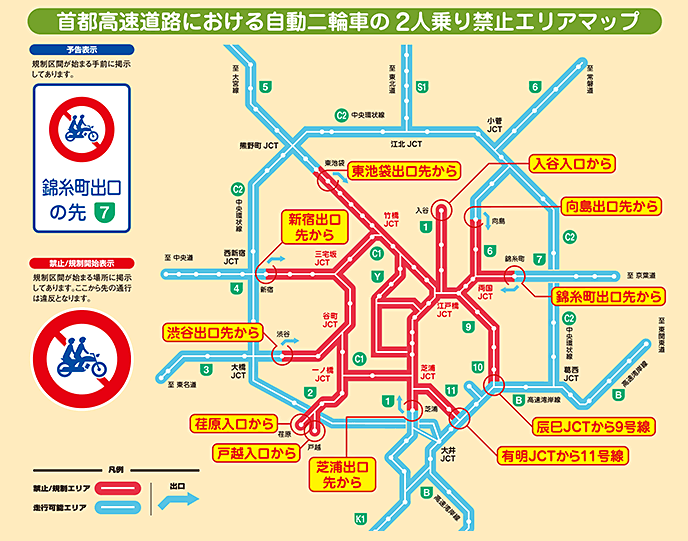- Corporate Profile
- Message
- Network
-
- Maintenance & safety measures for the Metropolitan Expressway
- Traffic Safety Measures
- Initiatives to Improve Roadside Environment
- Providing an Environmental Road Pricing Discount
- Active Implementation of Environmental Technology
- Coexistence with the Natural Environment & Local Communities
- Initiatives to Alleviating Congestion
- Improvement of Elevated Bridge Landscape
- Improvement of Driving Space Landscape
- Improvement of Parking Area Landscape
- Examining the Landscape of Newly Opened Routes
- Earthquake Disaster Prevention
- Road Traffic Measures
- History
- Scheme of the Metropolitan Expressway
- Financial Statements



